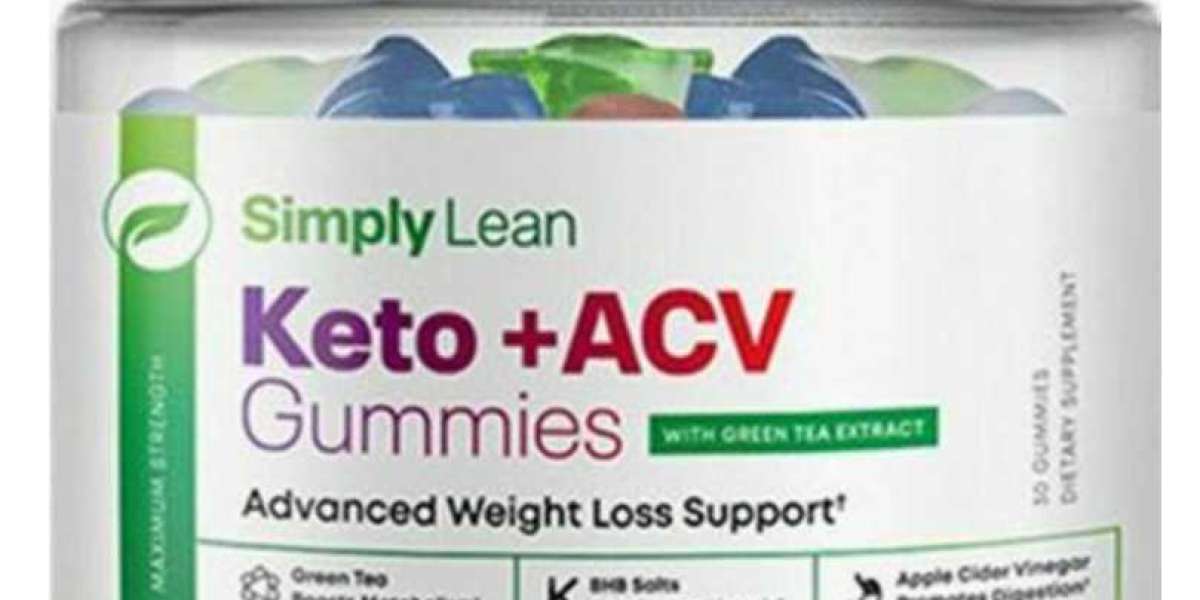Plant-based packaging.
Plant-based options are rapidly making inroads into the world of product packaging. As its name suggests, these materials are made out of biological sources — everything from mushrooms and seaweed to corn and food waste.
The right plant-based packaging options will depend on the products that you need to package or ship. If you’re selling food, for example, then you should ensure that the material can protect your product without affecting its flavor (bioplastics are a good solution for this). If you’re shipping bulkier items, then select durable plant-based materials such as packaging made out of cornstarch and mushrooms.
BIODEGRADABLE PLASTICS AND RECYCLED PLASTICS
There’s no getting around it – sometimes plastic packaging is the only viable solution to meet your business and shipping needs.
Yet, in these situations, there’s no need to cut back on your eco-credentials, as you have 100% recycled plastic and biodegradable options available.
Another – and greener – alternative would be to source biodegradable plastic materials. Biodegradability describes the extent to which a material can be decomposed by living microorganisms producing water, carbon dioxide, and biomass.
From drums, spill trays, and spill control pallets, you can opt for recycled plastic materials to reduce raw material extraction demand. Yet, it must be noted that there’s a limit to the number of times plastic can be recycled (2-3 times), meaning even recycled content will soon end up in landfill sites.
Plantable packaging.
Plantable packaging is exactly what it sounds like: these are packages or materials that you can plant. Plantable packages have seeds embedded in them, so your customers can plant them after they’ve been used.
EDIBLE FILMS
Take one moment to imagine. Imagine walking around the grocery store and seeing food items wrapped in edible skin. Imagine eating your wrapped fruit, chocolate bar, or ice cream right off the shelf, packaging included. Well, your imagination might soon be a reality with the invention of edible films.
Different natural products can be used to create edible packaging, but the most effective and widely used is chitosan. Chitosan is a sugar that’s made from the chitin shells of shrimp and other crustaceans. This makes chitosan one of the most abundant biopolymers after cellulose.
More appropriate to the food industry, edible films provide a sustainable packaging alternative for wrapping food items. This packaging has the potential to make food storage, preparation, and of course, transportation simpler. Edible films have the potential to curb food and packaging waste, while also reducing chemical leaching from plastic coats.
More Info: good earth packaging box







